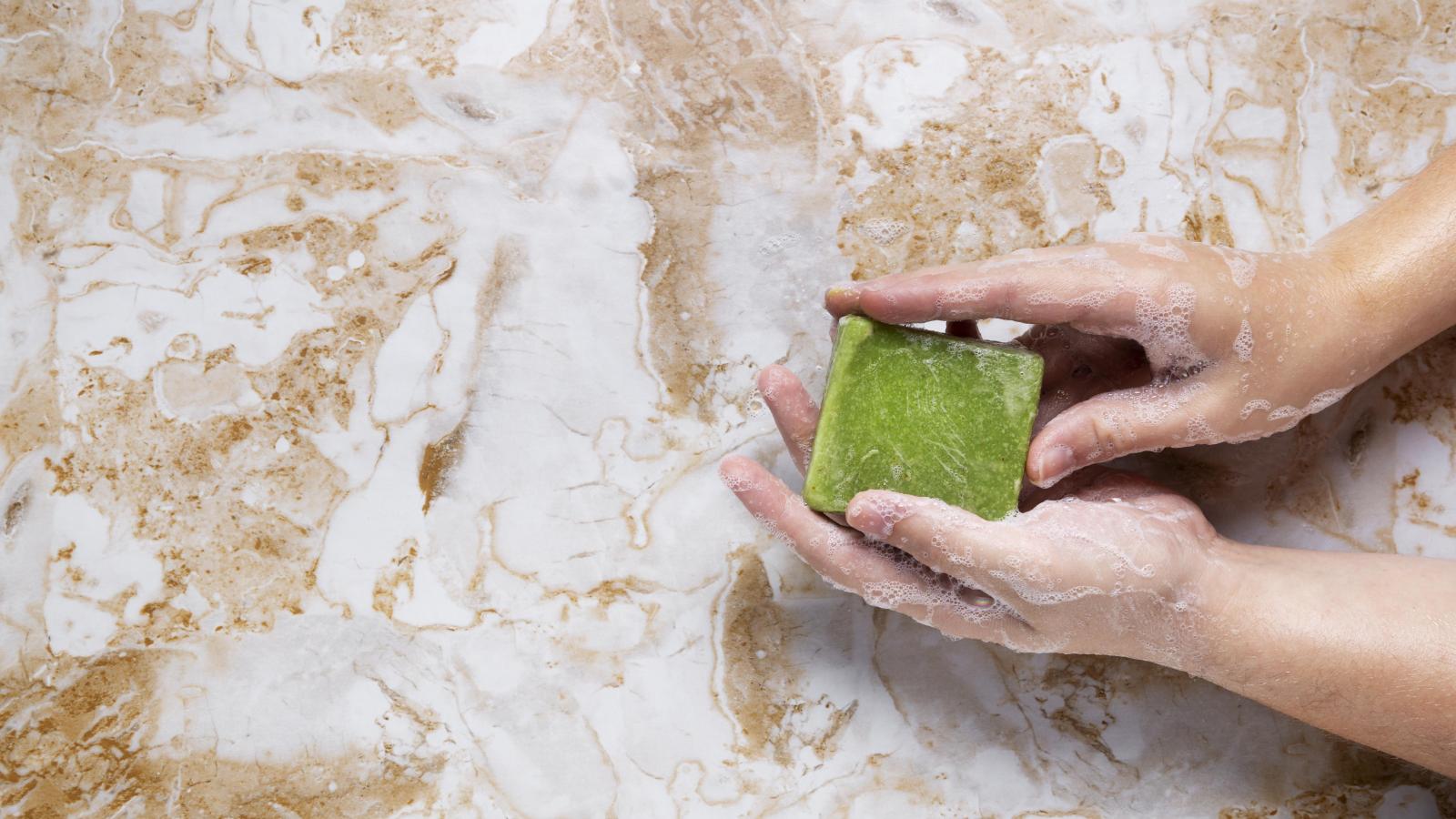Notifications

7 minutes, 44 seconds
-171 Views 0 Comments 0 Likes 0 Reviews

Tired of dealing with flaky patches, tightness, or irritated skin after showering? One of the most crucial yet often overlooked steps in combating dryness lies in your cleanser. Choosing the right soap for dry skin—especially one that’s recommended by dermatologists—can help restore your skin’s natural barrier and retain essential moisture.
In this blog, you’ll discover dermatologist-recommended ingredients, the best types of soap for dryness, and how to choose one that suits your unique skin condition. Whether you’re dealing with seasonal dryness, eczema, or just want gentler cleansing, this guide is for you.
Dry skin lacks the natural oils that keep it supple and soft. Harsh soaps can worsen this problem by stripping away your skin’s remaining moisture. Dermatologists recommend soaps that hydrate, protect, and restore the skin barrier—without triggering irritation or inflammation.
Common symptoms of dry skin:
Flaky or scaly patches
Itching and tightness after bathing
Red or rough texture
Cracking in severe cases
If you regularly experience any of these, switching to a more hydrating, skin-friendly soap is essential.
Look for ingredients that attract and lock in moisture:
Glycerin: A humectant that pulls water into the skin
Shea Butter: Contains fatty acids that nourish and soften
Aloe Vera: Soothes irritation and adds hydration
Colloidal Oatmeal: Calms itching and retains moisture
Cleansers should be free from sulfates, which strip the skin. Syndet bars (synthetic detergents) with a pH close to skin’s natural 5.5 are preferred.
Fragrances and synthetic colors can irritate dry or sensitive skin. Dermatologists recommend fragrance-free or hypoallergenic options.
Look for labels that say:
“Dermatologist tested”
“Recommended by dermatologists”
“Sensitive skin formula”
These are not true soaps but are gentler alternatives, especially for dry or eczema-prone skin.
They maintain skin’s natural pH balance.
Commonly recommended for both face and body.
Ideal for attracting moisture to the skin.
Often combined with aloe vera or plant oils.
Suitable for people with dry, sensitive, or mature skin.
Colloidal oatmeal is often used in dermatology to treat eczema and irritation.
Reduces itching and redness.
Great for babies, children, and adults.
Naturally rich in vitamins and lactic acid.
Gently exfoliates while moisturizing.
Often combined with soothing oils.
| Ingredient | Benefit for Dry Skin |
|---|---|
| Glycerin | Hydration and moisture retention |
| Shea Butter | Deep nourishment, relieves flakiness |
| Aloe Vera | Calms redness and irritation |
| Ceramides | Rebuilds the skin’s barrier |
| Jojoba Oil | Mimics natural skin oils |
| Oatmeal | Soothes itching and inflammation |
| Olive Oil | Gentle cleansing, prevents tightness |
Sodium Lauryl Sulfate (SLS): Harsh detergent that strips natural oils
Alcohols (like ethanol or SD alcohol): Very drying
Artificial fragrances: Potential irritants
Dyes or colorants: May trigger allergic reactions
Parabens and formaldehyde-releasing preservatives: Better avoided in sensitive skin
Use lukewarm water instead of hot water to avoid further drying.
Apply a moisturizer immediately after towel drying to lock in moisture.
Don’t overuse soap—apply only where needed (e.g., underarms, groin, feet).
Use a soap dish with drainage to prevent mushy soap and bacterial buildup.
Choose soap with colloidal oatmeal and no fragrance.
Avoid foaming or exfoliating soaps.
Use hydrating soaps with aloe vera and oatmeal.
Avoid soaps with scrubbing agents.
Needs extra moisture—opt for soaps with shea butter, ceramides, and hyaluronic acid.
Soap should not compromise skin integrity. Look for extra gentle formulas with moisturizers.
A gentle, moisturizing soap containing glycerin, shea butter, or oatmeal is best. Syndet bars and fragrance-free options are ideal.
Not necessarily. Just avoid harsh soaps and use only on essential areas. Always follow with a moisturizer.
Both can be good, but liquid soaps are often more hydrating. The key is in the ingredients, not the format.
Once per day is generally enough unless you’ve been sweating. Over-washing worsens dryness.
Yes, but avoid citrus-based oils, which may be drying or irritating. Choose mild oils like chamomile or lavender.
Absolutely. Many formulas are safe for all ages—just look for pediatric-friendly or hypoallergenic labels.
Yes. Even the best soap for dry skin should be followed with a hydrating moisturizer for optimal results.
Choosing the right soap for dry skin is more than just a comfort issue—it’s essential for your skin’s health. Dermatologist-approved soaps are formulated to cleanse gently, hydrate effectively, and protect the skin barrier without triggering inflammation or dryness.
By selecting soaps with nourishing ingredients like shea butter, glycerin, aloe vera, and oatmeal—and avoiding harsh chemicals—you can significantly improve how your skin looks and feels every day. Always pair your cleansing routine with a good moisturizer, and you’ll see a noticeable difference in no time.

